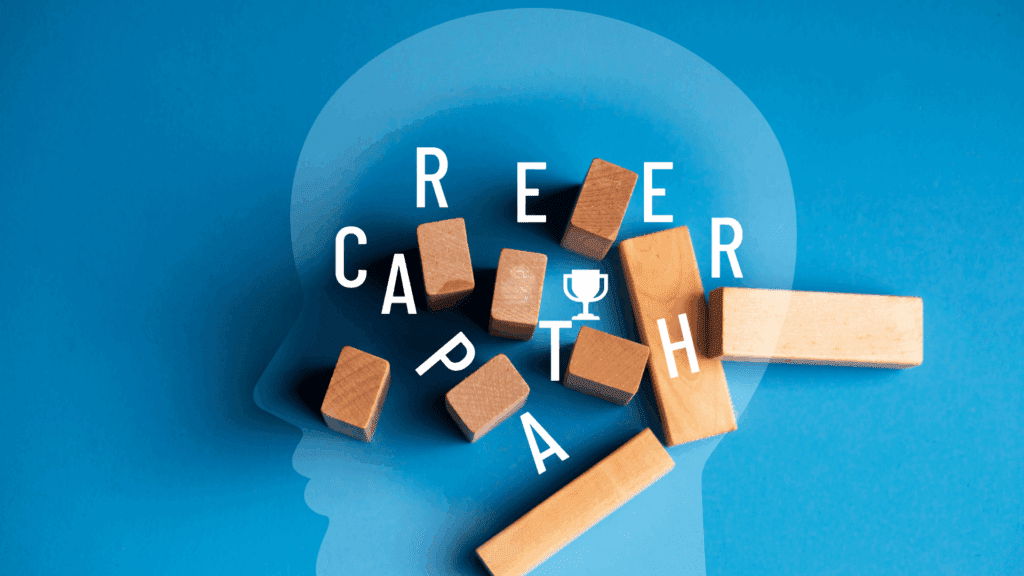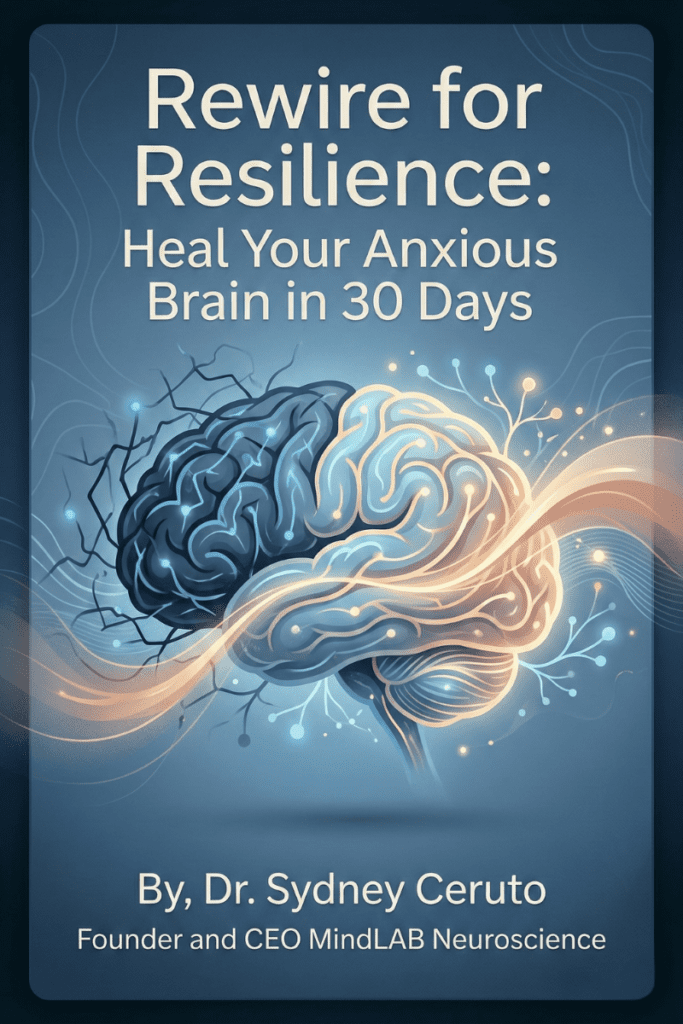WHY THE BRAIN CRAVES PURPOSE IN WORK
Deep in the human nervous system, purpose serves as both a compass and a source of energy. Neuroimaging reveals that pursuing meaningful work activates reward centers in the brain—most notably the ventral striatum—producing neurotransmitters such as dopamine and serotonin that boost motivation, focus, and satisfaction. Humans evolved not merely to survive but to seek significance, so the quest for a purpose-driven career change is embedded in our biology.
Yet, when career routines lack alignment with personal values or strengths, chronic stress pathways activate; this often results in elevated cortisol, emotional exhaustion, and even greater risk for “bore-out”—the emotional sibling of burnout. Individuals wired for self-actualization feel stifled in unfulfilling roles, prompting both neuroscientific and evolutionary urges to initiate change.
SIGNALS IT’S TIME FOR A PURPOSE-DRIVEN SHIFT
While some feel sudden epiphanies, most people’s drive toward a purpose-driven career change unfolds gradually through subtle yet persistent emotional cues. Neuroscience tells us that recurring disengagement, feeling under-challenged, or the absence of flow states are warning signals. The prefrontal cortex—your brain’s CEO—may repeatedly urge, “Is there more to this?” while the limbic system flags dissonance between daily work and fundamental beliefs.
Common signs include:
- Emotional numbing on Sunday nights
- Irritability despite external “success”
- Cravings for learning and new challenges
- Growing interest in impact-driven projects
Societal research also links these feelings with generational attitudes. Millennials and Gen Z value purpose and legacy, seeking careers that resonate with internal missions over material reward. Evolutionarily, humans who adapted through meaningful collaboration enjoyed better survival and overall satisfaction.
CROSSROADS OF PASSION, VALUES, AND STRENGTHS
Purpose-driven or alternative career paths change isn’t random; it typically emerges at the intersection of passions, core values, and unique strengths. Neuroscientific studies show that when individuals engage in work aligned with their natural abilities and interests, regions tied to positive mood and self-confidence activate. Over time, the repeated engagement of these neural circuits wires the brain for higher resilience, adaptability, and joy, even amid setbacks.
Evolutionary psychology suggests these instincts stem from our ancestors’ success in pursuing roles that contributed to the community—roles that were both needed and valued. Today, that same wiring fuels desires for mission-led work over rote labor.
Sociologically, the workplace is no longer static; modern professionals switch careers multiple times, often as their values or life phases shift. This adaptive flexibility is not a weakness—it’s a brain-smart strategy for growth and satisfaction.

CASE STUDY: FROM CORPORATE TO COACHING—SARAH’S NEUROLOGICAL AWAKENING
When Sarah first came to me, her story resonated with countless high achievers. She was a successful project manager in tech, steadily working her way up the executive ladder, but felt increasingly unfulfilled. The more her salary climbed, the less joy she derived from her day—and the more her health declined. Migraines, insomnia, and a gnawing sense of emptiness became her daily reality.
Using neuropsychological assessments, we mapped Sarah’s cognitive strengths, stress triggers, and performance motivators. The data highlighted her innate talents for empathy, creative problem-solving, and mentoring—gifts underused in her current position.
Guided reflection and values clarification revealed that Sarah’s authentic purpose centered on empowering others and fostering transformation, rather than driving profits. We explored new “prototyping” opportunities, and she began coaching peers within her organization. Her brain’s reward networks responded almost immediately—migraines lessened, energy levels surged, and she rediscovered deep engagement.
Sarah eventually made a bold decision. She pivoted into professional coaching, leveraging neuropsychological principles in her work. The transformation wasn’t instant, but over eighteen months, her quality of life radically improved. She’s now recognized as a leader in personal and professional transformation, fulfilling her purpose and building a thriving practice.
THE NEUROSCIENCE OF LEAPING—WHAT HAPPENS WHEN WE CHANGE PATHS
Career pivots are often described as leaps of faith, but neuroscience tells a more nuanced story. Major transitions trigger uncertainty and mild threat responses in the brain, activating the amygdala and related stress circuits. Fortunately, the prefrontal cortex—especially when harnessed through logic, planning, and vision—can override fear and create neural safety.
People embarking on a purpose-driven career change experience a reboot in neuroplasticity: the brain’s ability to rewire, create new connections, and adapt to new challenges. Exposure to novelty increases dopamine and enhances the brain’s learning capacity, while making progress toward meaningful goals builds the inner architecture for confidence and forward momentum.
Evolutionarily, such adaptability was essential. Humans thrived by exploring new territories and embracing communal problem-solving—the very roots of personal and professional evolution.
UNLOCKING MOTIVATION THROUGH MEANING
The quest for a purpose-driven career change is closely tied to intrinsic motivation—the type that arises from within. Research shows that intrinsic motivation, linked to autonomy, mastery, and purpose, outperforms external rewards (like salary) in delivering sustainable happiness and productivity.
Work cultures that prioritize meaning report higher levels of engagement, loyalty, and innovation. Brain science confirms that regular “doses” of autonomy and impactful work cause persistent increases in neurotransmitters that build resilience, foster creativity, and even support better immune function.
Sociologically, organizations that enable employees to discover and pursue their purpose see reduced turnover, greater workplace satisfaction, and improved outcomes, not just for the business but for society.
COMMON OBSTACLES—AND HOW TO OUTSMART THEM
Making a purpose-driven career change is courageous, but it’s not without obstacles. From neural resistance to change to societal expectations around “success,” the hurdles are real. The brain’s default-mode network (DMN) may tempt us toward familiar patterns (“stay in your comfort zone”) and dramatize risk.
Psychologically, impostor syndrome, perfectionism, and fear of failure are common. Recognizing and reframing these patterns with mindful self-awareness and data-driven reflection is crucial. Sociologically, family narratives, economic uncertainty, and societal status symbols may deter authentic transitions.
Strategic steps to overcome obstacles:
- Cultivate connection: Seek purpose-driven networks and communities for shared learning and mutual encouragement.
- Prototype: Experiment with side projects or volunteer roles before a complete transition; this both “de-risks” change and rewires the brain for confidence.
- Self-coaching: Use daily reflection, strengths mapping, and intentional learning to align career moves with your most authentic self.

EVOLUTIONARY GIFTS: GROWTH FROM CHANGE
Humans have continually evolved through adaptation. Purpose-driven professionals draw on this legacy, embracing uncertainties inherent in pivotal moments. Growth mindset, fueled by neuroscience, enables individuals to see change as an adventure in self-discovery, resourcefulness, and contribution.
Fundamental transformation happens at the intersection of challenge and possibility—when people stretch beyond comfort, putting bold aspirations into action. Stories like Sarah’s not only inspire; they validate the brain-based benefits of meaning-centric career paths.
DESIGNING YOUR ROADMAP: BRAIN-BASED STRATEGIES FOR PURPOSEFUL TRANSITION
- Identify core values—let your brain’s reward centers guide you toward options that “feel right” at a deep level.
- Map your strengths—capitalize on what comes naturally and energizes you, rather than working against your neural grain.
- Visualize success—repeated mental imagery strengthens neural pathways for conviction, optimism, and proactive problem-solving.
- Create new habits—every positive behavior, from learning new skills to networking, literally changes your brain’s architecture, supporting lasting change.
- Seek coaching—expert support accelerates growth, reinforces self-belief, and translates insights into action.
PROFESSIONAL IDENTITY REIMAGINED
Career change is more than a new job; it’s the re-engineering of professional identity. Neuroscience reveals that identity is plastic, not fixed. As you experiment with new professional roles, your brain updates its narrative, making it easier to step into uncharted territory.
Consider the broader evolutionary and cultural context: Societies progress when people challenge existing norms, develop new talents, and put purpose at the center of their ambitions. By pursuing a purpose-driven career change, you participate in that universal story of growth and contribution.
INTERSECTION OF PURPOSE AND WELL-BEING
Purpose-driven careers aren’t just “nice to have”—they directly impact health, longevity, and quality of life. Research consistently links purpose with lower rates of depression, better immune resilience, and greater life satisfaction. Psychological studies show that meaning protects against burnout, while sociological research finds that purpose-driven professionals report higher work-life fulfillment and social support.
In a world of volatility and change, the intelligent pursuit of meaningful work stands as an anchor. Your nervous system, your evolutionary history, and your personal experiences all conspire toward the desire for a life of impact.
Common Questions About Purpose-Driven Change
What if my industry seems incompatible with a purpose-driven career change?
Every industry offers the possibility for a purpose-driven career change, even if it initially seems rigid or closed off. Often, purpose is found not by leaving your field, but by identifying new roles, mentoring others, or advocating for innovation from within. Purpose-driven career change isn’t always a total departure; sometimes, it’s an evolution that lets you reimagine old skills in new, fulfilling ways.
How can I maintain motivation during the inevitable challenges of a purpose-driven career change?
Sustaining motivation through a purpose-driven career change is driven by more than willpower; it’s about reconnecting daily with your core values, tracking progress (even small wins), and surrounding yourself with a support network that encourages your mission. Incorporating regular moments of reflection, celebrating milestones, and envisioning the positive impact of your purpose-driven career change can renew energy and resilience.
Does a purpose-driven career change require sacrificing financial security?
While some purpose-driven career changes involve short-term financial adjustments, many people discover new forms of abundance—greater satisfaction, improved health, and long-term personal growth—that outweigh any initial sacrifice. Through thoughtful planning, leveraging existing skills, and cultivating a growth mindset, a purpose-driven career change can open doors to both meaning and sustainable success.
Is it ever too late for a purpose-driven career change?
It is never too late to pursue a purpose-driven career change. People at every stage of life report transformative gains when aligning their work with their passion and values. The human brain remains adaptable, and new possibilities can emerge well into later adulthood. Experience and wisdom can be powerful assets as you shape a fresh, meaningful direction for your career.
How can I know if my purpose-driven career change is truly correct for me?
You’ll find confirmation in both your emotional state and your daily habits. When you’re energized, more present, and resilient amid challenges, it’s a sign your purpose-driven career change is in sync with your authentic self. Regularly reflecting on how your new path aligns with your core values and vision for the future further affirms that your change is leading to deeper fulfillment and genuine impact.

The Everlasting Ripple of Purpose
Choosing a purpose-driven career change is not just a moment of courage—it’s the beginning of a ripple that touches all facets of life. When you step into work aligned with your deepest values and strengths, you set in motion a profound transformation: your brain adapts, your energy renews, and your impact expands far beyond the role you perform. The science shows us that true fulfillment stems from daring to answer the inner call for meaning, not just once but again and again as you evolve.
Purpose doesn’t just shape your professional path—it enriches relationships, health, and the foundation of your entire well-being. Each story of courageous change, like Sarah’s, contributes to a growing movement that values authenticity and contribution over conformity and status. As you move forward, remember: embracing your purpose-driven career change is more than a personal milestone. It’s a legacy you create for yourself and for those whose journey you will inspire. This is how personal evolution becomes collective progress.
For further insight, read: Feeling Stuck in Your Career? Breakthrough Strategies in Neuroscience
#purpose #careerchange #purposefulwork #neuroscience #personaldevelopment #coachingsuccess #lifechange #careercoaching





